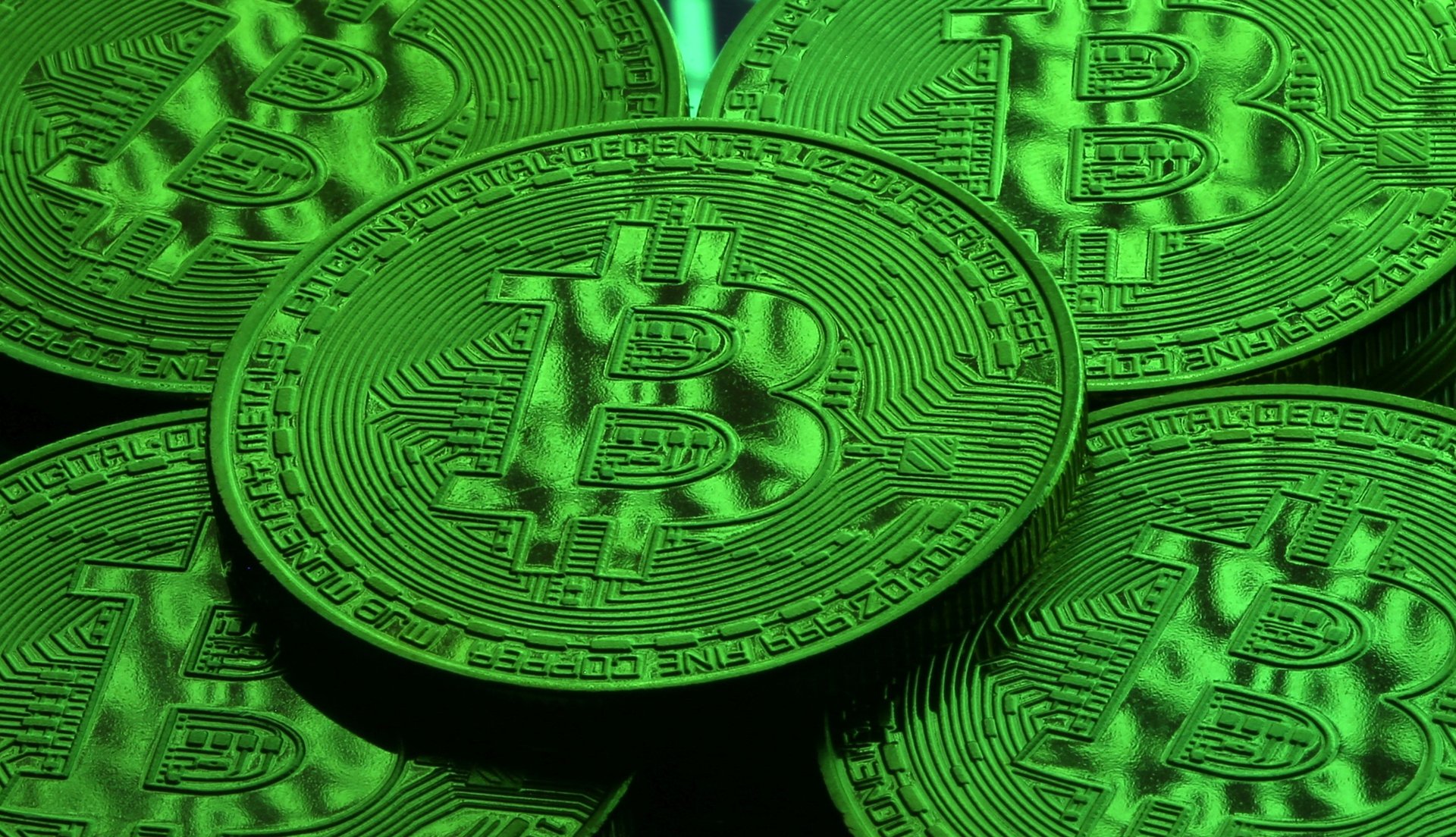A cryptocurrency ponzi scheme is finally unraveling
For the last five years, a Bulgarian brother-sister team ran a fraudulent, multibillion-dollar cryptocurrency called OneCoin. Together, the US Justice Department says, Konstanin Ignatov and Ruja Ignatova duped investors who bought OneCoin through a global, multi-level marketing network.


For the last five years, a Bulgarian brother-sister team ran a fraudulent, multibillion-dollar cryptocurrency called OneCoin. Together, the US Justice Department says, Konstanin Ignatov and Ruja Ignatova duped investors who bought OneCoin through a global, multi-level marketing network.
Ignatov, the brother, was arrested at Los Angeles International Airport on Wednesday. He has been charged with one count of conspiracy to commit wire fraud. His older sister, who masterminded the operation, “remains at large.” The complaint against Ignatov, unsealed on Thursday, provides a glimpse of how OneCoin rose and then finally unraveled. (Note that OneCoin should not be confused with a cryptocurrency that uses the same name, but is issued by Xunlei, a Chinese technology firm.)
Hatching a plan
In a June 2014 email to an associate, identified only as “Founder-2,” Ruja fantasized about their potential riches. She called herself the “bitch of wall street.”
Over the last several years, Ignatova lied to investors about the way OneCoin functioned and the returns it offered. Her brother, who initially served as her personal assistant, later assumed more prominent roles for the company.
In contrast to bitcoin, OneCoin existed on a private network. Thus, the siblings were able to control the cryptocurrency’s supply and price, but they falsely claimed these were determined by the market.
A cover story
Ruja and her partners made OneCoin seem more legitimate by using crypto jargon. In August 2014, Founder-2 told Ruja they could entice investors by claiming OneCoin used mining, the transaction processing mechanism that generates bitcoin: “The so called ‘mining’ of coins is a concept that is very familiar in the industry and a story we can sell to the members.”
Later, the siblings collected investor funds without even creating new coins. All the while, they charmed buyers by offering commissions for referrals, selling a variety of trading packages, and claiming that OneCoin would pursue an IPO.
Remarkably, between 2014 and 2016, OneCoin collected more than 3 billion euros ($3.4 billion dollars) in sales revenue. Nearly 60% of that revenue apparently came from Chinese investors.
Cracks begin to show
As early as March 2015, though, Ruja was under duress because OneCoin was suspected of cooking the books. To assuage investor concerns, the company hired an auditor, but Ruja was worried. “I think I cannot start auditing, as I cheat currently on coins,” she wrote to Founder-2. “I need to find a way.”
Ruja also grew worried as more and more investors excitedly bought into OneCoin. In August 2015, she anxiously emailed Founder-2 again. “We are fucked,” she wrote. “[T]his came unexpected[ly] and now needs serious, serious thinking.”
Still, the siblings persisted with their cryptocurrency , and it was eventually buoyed by growing interest in bitcoin and alternative cryptocurrencies. A September 2016 text from Konstantin to Founder-2 helps illustrate the extent of their malice: “[A]s you told me, the network would not work with intelligent people ;)”
Over the last few years, the siblings continued to travel the world, touting OneCoin at conferences. However, investors became anxious as they struggled to convert the cryptocurrency into actual money. The company only made OneCoin available for trading on its own, private exchange, but even that was taken offline. Meanwhile, the siblings appear to have laundered investor funds through a series of bank accounts.
Slowly, it has dawned on investors that OneCoin was entirely artificial, and because the siblings made the coin available to US investors, Ignatov was finally arrested.